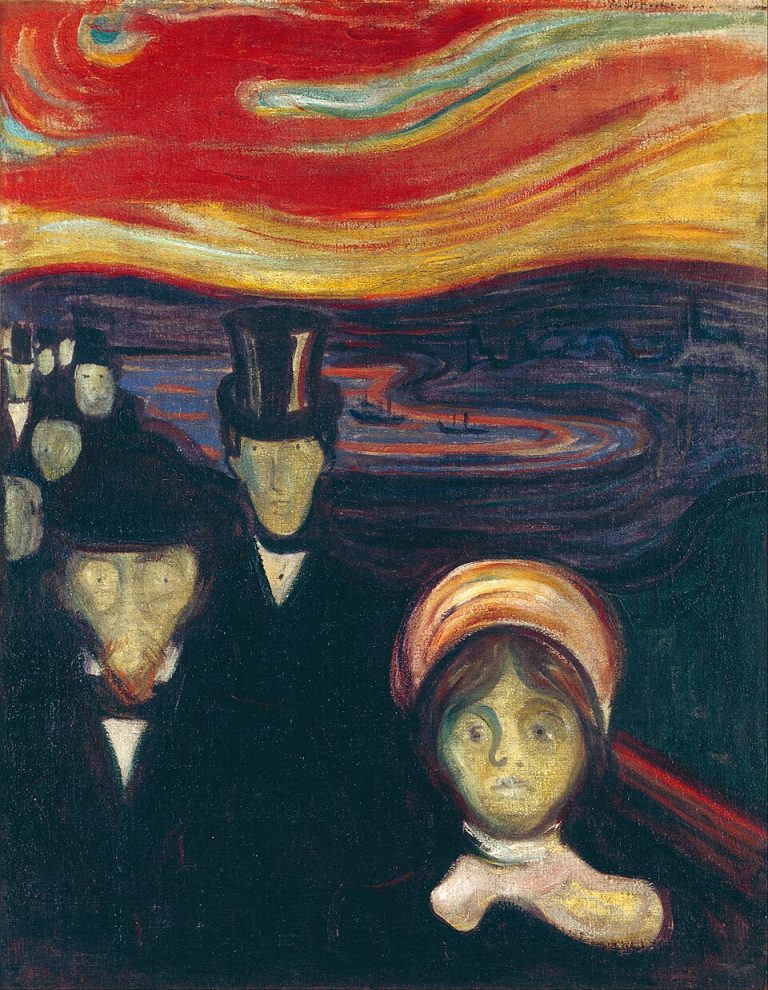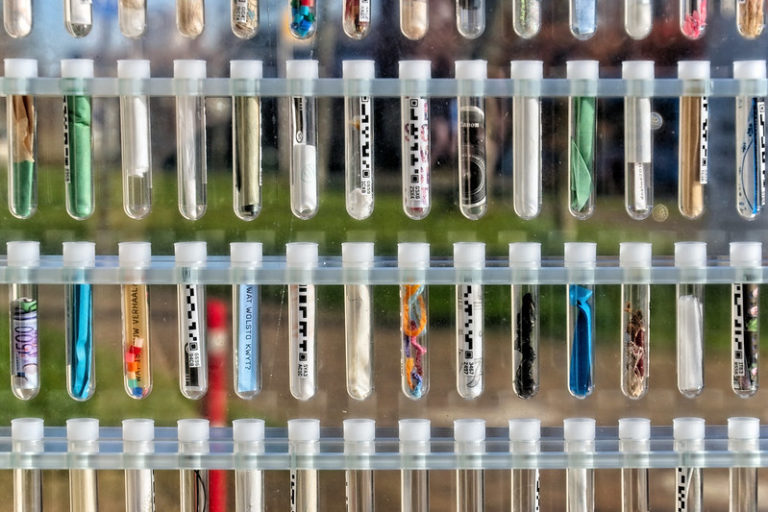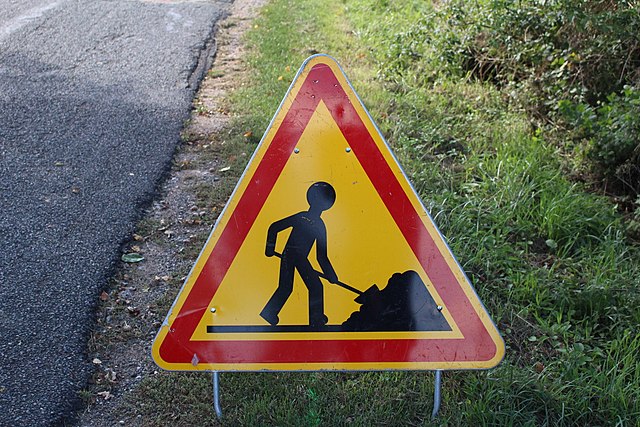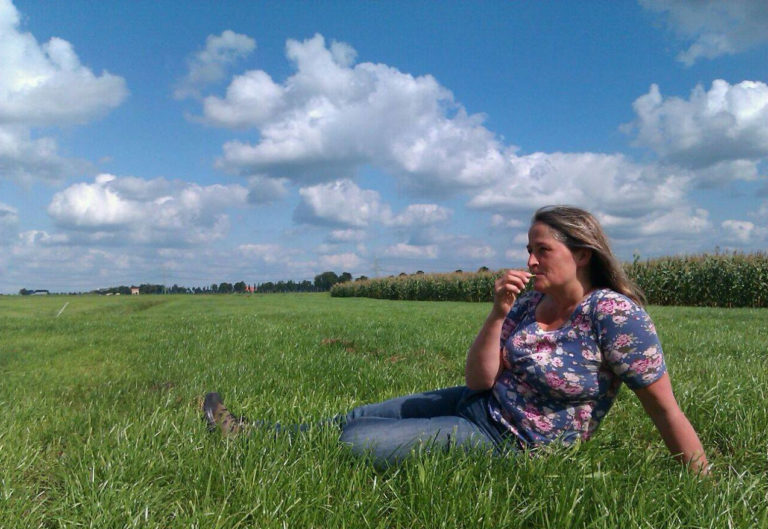News
Patents on living organisms: abusive fortresses

In a previous article, Inf’OGM explained that the scope of patent claims on living organisms can be too broad, artificial and complex [1]. Yet the agro-industry uses such patents as a legal weapon to threaten and prosecute various forms of competition.
In general, companies use their patent rights to oppose “horizontal competitors” (other companies) in order, for example, to recover or conquer new market shares. But these companies also oppose smaller players further down the supply chain, whom they consider to be “vertical competitors”: farmers, seed companies and food companies. When the case goes to court, the patents in question may be limited in scope or invalidated.
Unfair patent litigation
A patent holder may, via an “infringement action”, assert its rights against alleged infringers. To avoid litigation, the alleged infringers may accept the terms of a licence to use the patents by paying “entry fees” and royalties. Alternatively, they may, in response to this infringement action, challenge the validity of the patent(s) in question [2].
This last option is only reasonably feasible for multinationals, as they generally have “litigation provisions” and legal insurance. In the mid-2000s, Monsanto and Syngenta fought over the insecticidal Bt maize MON810 [3] [4]. More recently, in August 2022, Corteva took Bayer to court in Delaware (United States) for infringement of a patent on a GMO maize [5], named Enlist, which expresses the AAD-1 gene conferring resistance to a herbicide (2,4 D) [6]. Corteva claims that Bayer’s product includes a genetic sequence that is more than 85% identical to that claimed in its own patent.
The outcome of a dispute depends, among other things, on the jurisdictions involved (differences in laws and case law), the type of claims on which the legal action is based, and the financial strength of the opposing parties. The most favourable scenario for the party being sued is when that party proves that the patent being opposed does not cover the allegedly infringing act, i.e. the act of reproducing or using an invention without the authorisation of the patent holder.
Litigation is therefore not only unpredictable in its outcome, but also very costly. The modest “vertical competitors”, such as small and medium-sized seed companies or farmers, generally feel that they do not have the “solid enough backbone” to face legal proceedings. However, they do not always have a choice.
The reality of the attacks on “vertical competition”
The threat posed by a possible infringement action is all the more worrying for small players in the industry because patent rights are numerous, complex and even obscure. And yet it is under these very conditions that small organisations and individuals have been taken to court by agribusinesses. And some court rulings completely revisit certain principles of patent law.
This was the case in the United States, in 2013, in the decision “Monsanto v. Bowman” [7]. The Missouri-based giant was seeking to stop the unauthorised use of GMO farm-saved seeds derived from the reproduction of its patented seeds. Following its ruling, the Supreme Court stated that it had clarified the application of patent law in the specific field of “biotech crops”, in which patented technology multiplies naturally. It ruled that the fundamental principle of “exhaustion of patent rights” does not apply to reproductions of seeds [8]. The French seed company did not have the means to finance a lawsuit to invalidate the patent. It was therefore forced to withdraw its opposition and negotiate a licence with Rijk Zwaan. This case shows that, in a situation of economic asymmetry, the negotiating conditions are imposed on the weaker party. The famous case pitting Canadian farmer Percy Schmeiser against Monsanto is another illustration of the unbalanced balance of power between the rights of agribusiness and those of farmers [9] [10].
The essential role of the courts
For many years, the European Patent Office (EPO) has been issuing patents with a very broad scope, some of which cover “native traits” (characteristics present in the wild in a plant or which can be obtained in the plant after simple crossing) [11]. Once granted by the EPO, these patents are “validated” by their holders in selected European countries. Infringement cases involving such native features can then be brought before the relevant national courts. However, these patents are only exceptionally used in infringement actions (see box). Why is this?
It can in fact be difficult for holders of very broad patents to fully assert their rights. A patent normally only protects what it sufficiently describes, which is directly from the invention. This does not prevent the seed industry from seeking to artificially extend the scope of its patents. For example, it is in the habit of claiming, via a writing game [12], all the theoretical variants of a sequence that it has actually described and whose function it has identified [13], seeking to cover all the native traits concerned. In this way, the company wants to avoid its patent being circumvented by a competitor using a sequence that is slightly modified compared with the sequence actually identified and patented, while preserving its functionality. However, not all the sequences covered by the claims have obviously been tested by the holders of such patents. This would represent hundreds or thousands of tests. And this is where such patent rights present a legal weakness. Paradoxically, their excessively wide ranges cannot be sufficiently supported, which makes them more fragile.
Although it is unlikely that the courts will reject patents on living organisms, they must nevertheless logically reject claims that are too broad and limit patents to the specific genetic sequence of the plant material concerned. In particular, this means invalidating patents claiming sequences that have a percentage of identity with the genetic sequence actually identified [14].
In addition, the courts must take account of the specific characteristics of living organisms when deciding whether a patent is relevant at the time it is considered in a dispute. But do they really do so? For example, in the course of successive reproductions of a plant over time, mutations can occur. As a result, both plants derived from the reproduction of originally patented plants and those derived from the reproduction of competitors’ plants can be patented, in fine, no longer be covered by the patent concerned. The patent would therefore no longer be enforceable.
The legal system can therefore breed injustice. This is the case in the agro-industrial sector, particularly when a patent dispute pits parties with little comparable economic power against each other. And where David rarely wins against Goliath.
Brevets on “native traits”: virtually no European case law
In Europe, a single dispute in 2012-2013 pitted Cresco and Taste of Nature before a Dutch court on the basis of a European patent [15]. The question concerned the validity of the claims covering radish plants with particularly high levels of anthocyanins, obtained by conventional crossing and selection. In other words, an essentially biological process (EBP). A process for obtaining plants or animals is based on the
sexual crossing of complete genomes and the subsequent selection of plants or animals. The EPO has excluded this type of process from patentability.
The Dutch Court held that the products obtained by this EBP were indeed patentable [16]. However, the patent was ultimately invalidated on the grounds that the radish sprouts had been marketed – and therefore disclosed – before the patent application had been filed [17] The case attracted attention because this Dutch decision was taken well before the EPO’s decisions on the patentability of products obtained by processes.
essentially biological [18]. This type of lawsuit should, in theory, no longer be possible since the Netherlands has expressly excluded products derived from EBPs from patentability and the EPO is supposed to no longer grant patents on such products.
[1] , « Brevets sur les séquences génétiques : démesure et fragilité », Inf’OGM, 7 July 2023.
[2] In French law, this is known as a “action reconventionnelle en nullité”
[3] United States Court of Appeals for the Federal Circuit, “SYNGENTA SEEDS V MONSANTO COMPANY, No. 06-1203 (Fed. Cir. 2007), May, 2007
[4] United States Court of Appeals for the Federal Circuit, “MONSANTO COMPANY V SYNGENTA SEEDS, No. 06-1472 (Fed. Cir. 2007)”, October 4, 2007
[5] US patent US10947555, 16 March 2021.
[6] Brittain, B., Corteva lawsuit says Bayer, Monsanto violate herbicide-resistant plant patent”, Reuters, 11 August 2022
[7] Theresa M. Bevilacqua and Kristin Stastny, “In Court: Monsanto v. Bowman: Supreme Court upholds rights of patent holder patent”, OMPI Magazine, June 2013
[8] Once a product has been lawfully placed on the market, the patentee can no longer claim royalties regardless of the use made of the product. However, the purchaser of the patented product is not authorised to copy and market it.] In practice, the patent holder retains his rights over such reproductions even if they are natural. By creating this exception in the application of the legislation, the Supreme Court has extended the scope of patents on living organisms. Bowman, like other American farmers, discovered that he could no longer reproduce patented material without authorisation… even though it reproduces naturally.
In 2004, France was itself involved in a case pitting the seeds company Gautier Semences against the Dutch company Rijk Zwaan. Rijk Zwaan, which held a patent on lettuces resistant to the Nasanovia aphid, forced Gautier Semences to give in, despite the fact that the company had been developing such lettuces independently for a long time, incorporating the wild gene [[, « FRANCE – Propriété industrielle sur les plantes : « halte aux brevets trop larges » recommande le CEES », Inf’OGM, 20 June 2013.
[9] , « CANADA – Procès Schmeiser (Suite et fin…) », Inf’OGM, 21 May 2004
[10] Vigilance OGM, “In memory of Percy Schmeiser”, 15 October 2020]
[11] , « Les brevets à l’assaut des ressources phytogénétiques », Inf’OGM, 2 September 2015.
[12] , « Brevets sur les séquences génétiques : démesure et fragilité », Inf’OGM, 7 July 2023.
[13] The mere identification of a sequence is not an invention. Patent law, on the other hand, considers the identification of its function to be an invention, whereas it is in fact a discovery
[14] , « Brevets sur les séquences génétiques : démesure et fragilité », Inf’OGM, 7 July 2023.
[15] European Patent No EP1290938, “Raphanus with high anthocyanin levels”, 7 September 2001.
[16] Brands and Patents, “Judgment Taste of Nature –
Cresco”, 31 January 2012
[17] Publication
of an invention before a patent application has been filed constitutes disclosure which destroys the novelty of the invention.
[18] , « Des brevets sur le vivant, une « invention » étasunienne », Inf’OGM, 5 July 2022.












